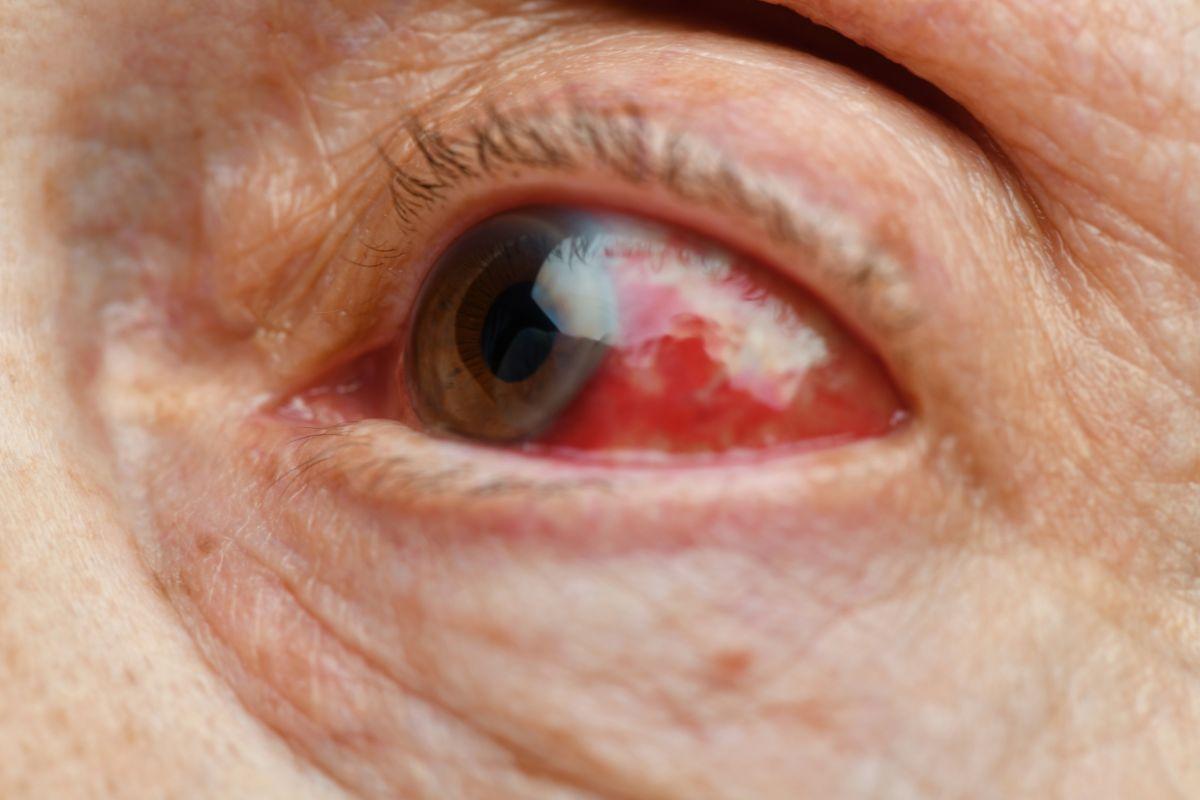Written by Dr Jose Belda for Doctify
Having pain in your leg is not a pleasant sensation and, somewhat paradoxically, can sometimes happen even in those who are missing a limb. This pain is no less real and can be traumatic. Luckily, there are ways to manage this discomfort.
Here to talk us through them is psychiatrist, Dr Jose Belda.
What is phantom limb pain?
The majority of individuals with an amputation (60 to 80%) experience phantom sensations in their amputated limb, and the majority of the sensations are painful (Pizzini 2013). The causes are multifactorial and the literature is somewhat controversial when it comes to epidemiology. A study carried out on amputee Vietnam veterans (Foote et el 2015) revealed that 76% had developed phantom pain.
There are physical factors which are associated with the development of phantom pain following an amputation such as preamputation pain and surgical deafferentation (the interruption or destruction of the connections of nerve cells conducting sensations from the limb to the brain) (Yin et al 2001). There has been postulated that certain parts of the brain in the high cortex (Anterior Cingulate Cortex and Insular Cortex) are instrumental to the development of the phantom sensation and pain.
The mechanism is that following the amputation there is an enhanced excitability of the pain processing cortical neurones. These areas also influence emotion, decision-making and cognition (Koga et al 2016). This supports a close relation between phantom pain and mental health. The development of a neuroma in the residual limb is likely to cause neuropathic pain (Bucobheit et al 2016) but this seems to be a different type of pain even if the distress caused by it is similar.
What is the connection between mental health and phantom limb pain?
As a psychiatrist I am concerned at the mental health problems caused by the phantom limb pain and also at how the mental health problems influence the phantom pain. Literature reveals that phantom pain is linked to sleep disturbance and depression (Ahmed et al 2017). There are also psychological factors associated with the development of phantom pain. Catastrophising is associated to the development of phantom pain; this is due to psychological sensitivity (Vase et al 2011).
Social Experience is also related to the development of phantom pain (Price 2005). Depression and Post-Traumatic Stress Disorder are risk factors for the development of phantom pain (Bucobheit et al 2016). Amputee patients have more anxiety and sleep disturbance than general population (Durmus et al 2015). A study carried out on male amputees revealed that the quality of life was compromised in both aspects, mental health and physical health. Anxiety was more prominent in patients aged 18 to 38 and depression was more prominent in patients aged 60 to 80 (Padovani et al 2015).
What can be done to treat it?
In my experience we need to carefully evaluate every individual, as each person is unique. Yet the statistics differ about the prevalence of depression, PTSD, anxiety, social phobia, agoraphobia or other problems which markedly affect the quality of life of an amputee and which can be successfully treated but there is consensus about the correlation between amputations and mental health problems. These problems are also associated with the development of phantom pain.
Moreover some of the pharmacological treatments which are effective for the treatment of phantom pain are frequently used in mental health. For instance Mirtazapine, an antidepressant, has been deemed as effective for the treatment of phantom pain as well as being effective at treating mood and sleep disturbances (Kwiken et al 2005). A systematic review of the literature on pharmacological treatment (Alvier et al 2016) reveals that antidepressants and anticonvulsants have shown positive effects on the treatment of phantom pain and its associated problems. Both are frequently used in mental health. If as mentioned above social experience is significantly associated to the development of phantom pain, depression and anxiety are associated to social experience and hence related to phantom pain.
I advocate for a comprehensive assessment of every amputee paying attention to anxiety, sleep disturbance, PTSD, depression and phobias as associated factors to phantom pain as a cause, consequence or maintenance factor. A combination of pharmacological and psychological treatments can be effectively applied. Specific treatments for phantom pain like Peripheral Nerve Stimulation (Rauck et al 2013) can be combined with psychological and psychiatric treatments when necessary and all patients with phantom pain (or moreover all amputees) should receive a comprehensive assessment of their physical, psychological and social needs.




